If you’re struggling to find space for your gardening dreams, you’re not alone. Many urban dwellers and busy individuals face the challenge of limited outdoor areas. Garden planning tips suggest that vertical gardening offers a creative solution, allowing you to cultivate lush greenery even in the tightest of spaces.
Imagine transforming your bare walls into vibrant vertical gardens that not only beautify your surroundings but also improve air quality and provide fresh herbs or vegetables. With a variety of innovative ideas and techniques at your disposal, you can maximize your gardening potential and enjoy the rewards of your efforts. Let’s explore some inspiring vertical gardening concepts that can elevate your green thumb game.
What Is Vertical Gardening?
Vertical gardening involves growing plants upwards, utilizing supports like trellises, walls, or other structures. This method reduces ground space usage, making it possible to accommodate more plants in limited areas. It also allows for the inclusion of overhanging plants, which add dimension and greenery to your vertical space.
Benefits of Vertical Gardening
Vertical gardening offers numerous advantages for those limited by space. It provides efficient solutions for growing plants in urban environments while enhancing beauty in your surroundings.
Maximizing Limited Space
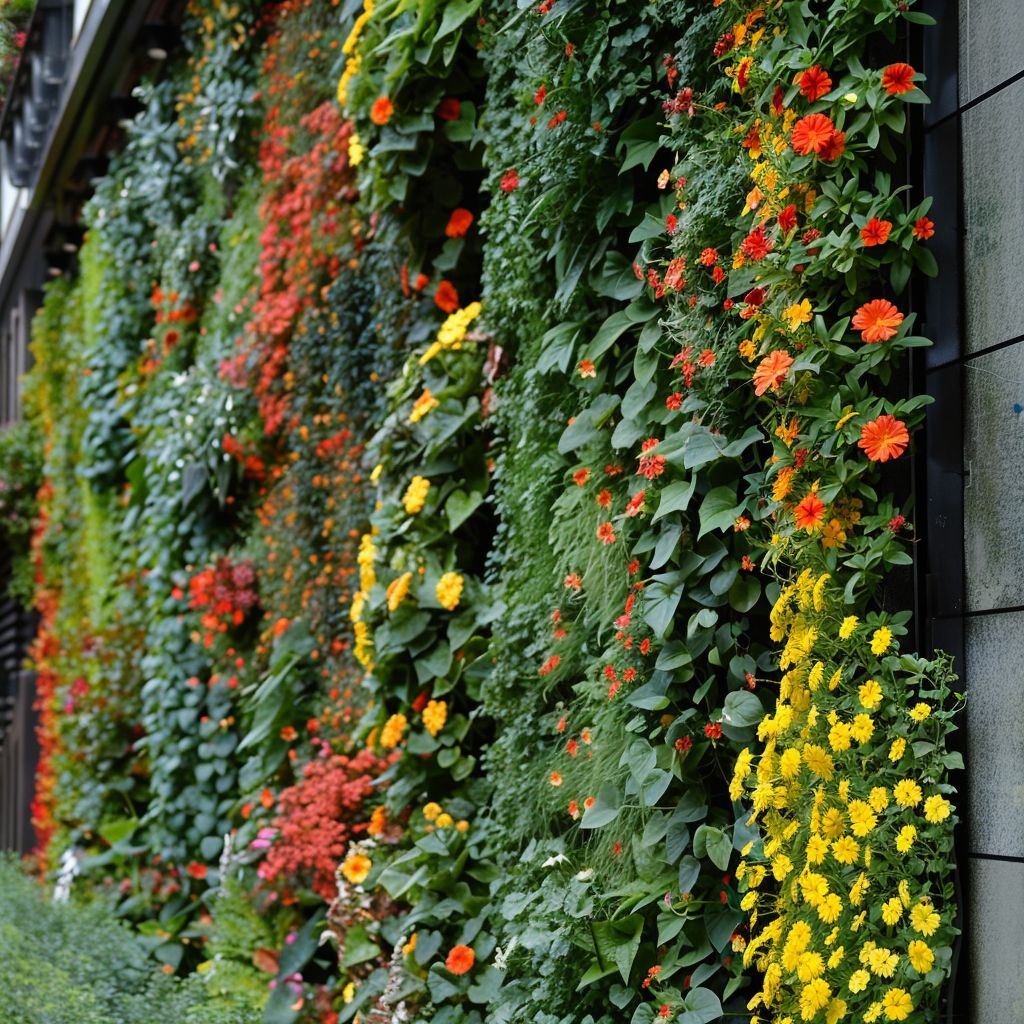
Vertical gardening optimizes small areas by utilizing walls and fences. This approach allows you to cultivate a variety of plants within compact spaces, such as balconies or patios.
Aesthetic Appeal
Vertical gardens transform dull spaces into vibrant showcases. By adding greenery to walls and fences, you create stunning visuals that uplift the overall ambiance of your environment.
Improved Plant Health
Growing plants vertically promotes better air circulation. Improved airflow reduces the risk of pests and diseases, making maintenance accessible and straightforward.
Environmental Advantages
Vertical gardens play a vital role in enhancing air quality. They absorb pollutants and release oxygen, contributing to a healthier living environment for you and your community.
Types of Vertical Gardens
Explore various types of vertical gardens that can transform your space and increase plant capacity.
Living Walls
Living walls consist of vertical installations covered with plants. They come in two forms: direct-surface growth and modular systems with separate containers. These gardens improve aesthetics while enhancing air quality.
Hanging Gardens
Hanging gardens elevate plants from structures or containers. They’re perfect for trailing species like vines and ferns. These gardens create stunning visual displays while saving ground space.
Freestanding Structures

Freestanding structures include tiered planters, window boxes, and gutter gardens. These options allow flexibility in plant placement. They thrive in any available space, bringing greenery to your environment.
Best Plants for Vertical Gardens
Choosing the right plants enhances your vertical garden’s beauty and functionality. Below are some top choices for various preferences.
Flowering Plants
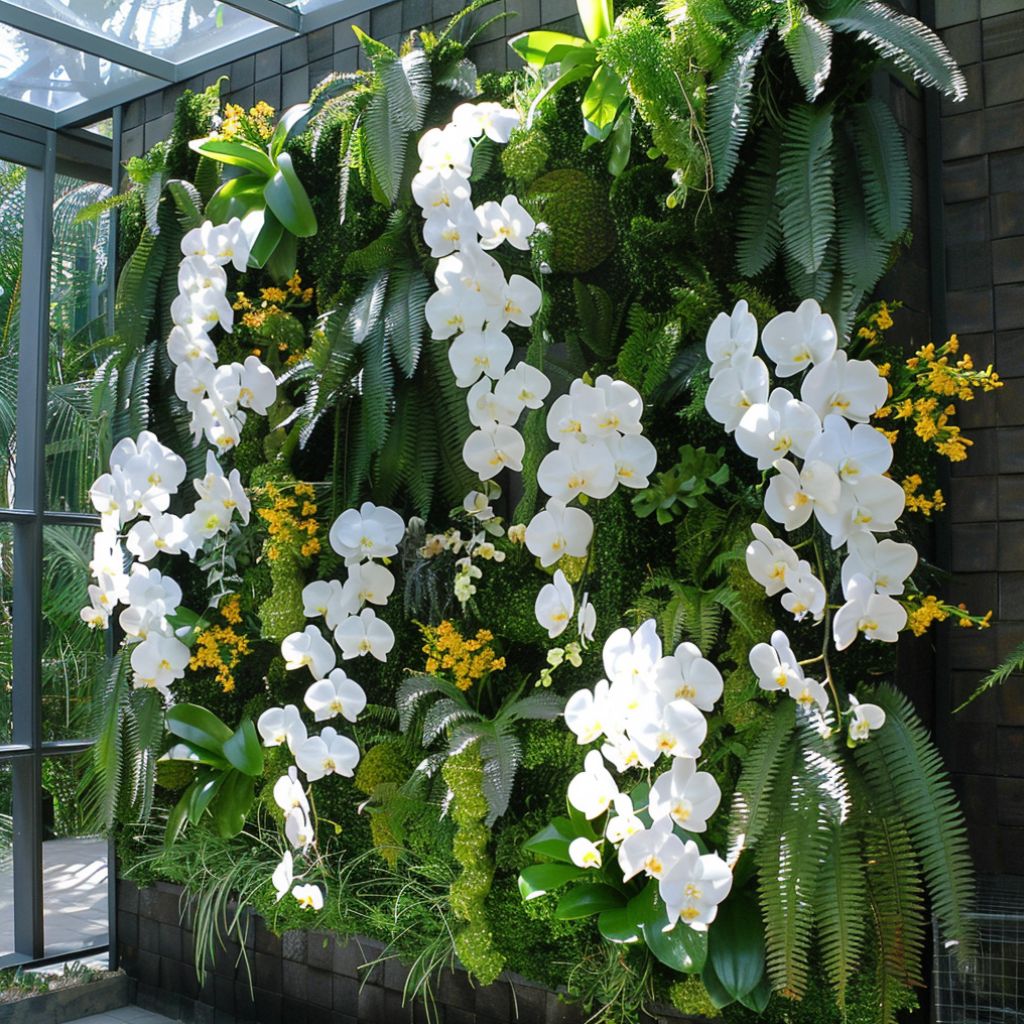
Select flowering plants to add color and vibrancy to your vertical garden. Morning glories climb beautifully, thanks to their support requirements. Orchids thrive outdoors in warmer conditions and can bring elegance with their exotic blooms.
Edible Plants
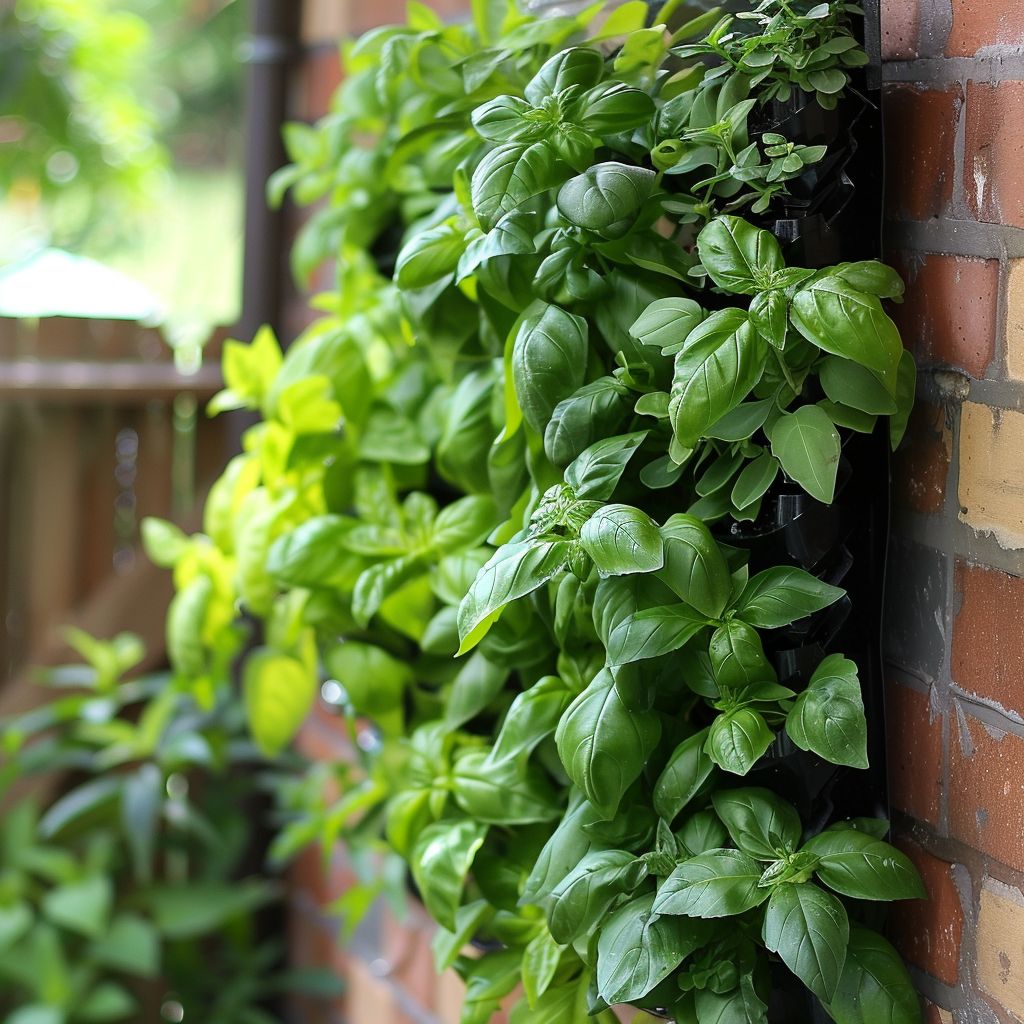
Incorporate edible plants for a harvest right at your fingertips. Many herbs, like basil and mint, flourish in vertical setups. Consider climbing varieties of beans or peas, which grow upwards and maximize space while providing fresh produce.
Succulents and Air Plants
Opt for succulents and air plants for a low-maintenance option. Succulents adapt well to vertical arrangements, making them perfect for limited spaces. Air plants require minimal soil and can be displayed creatively on walls or in containers, enhancing your garden’s appeal.
DIY Vertical Garden Ideas
Vertical gardens offer innovative ways to utilize space while beautifying your environment. Here are some practical ideas to create your own vertical garden.
Repurposed Household Items
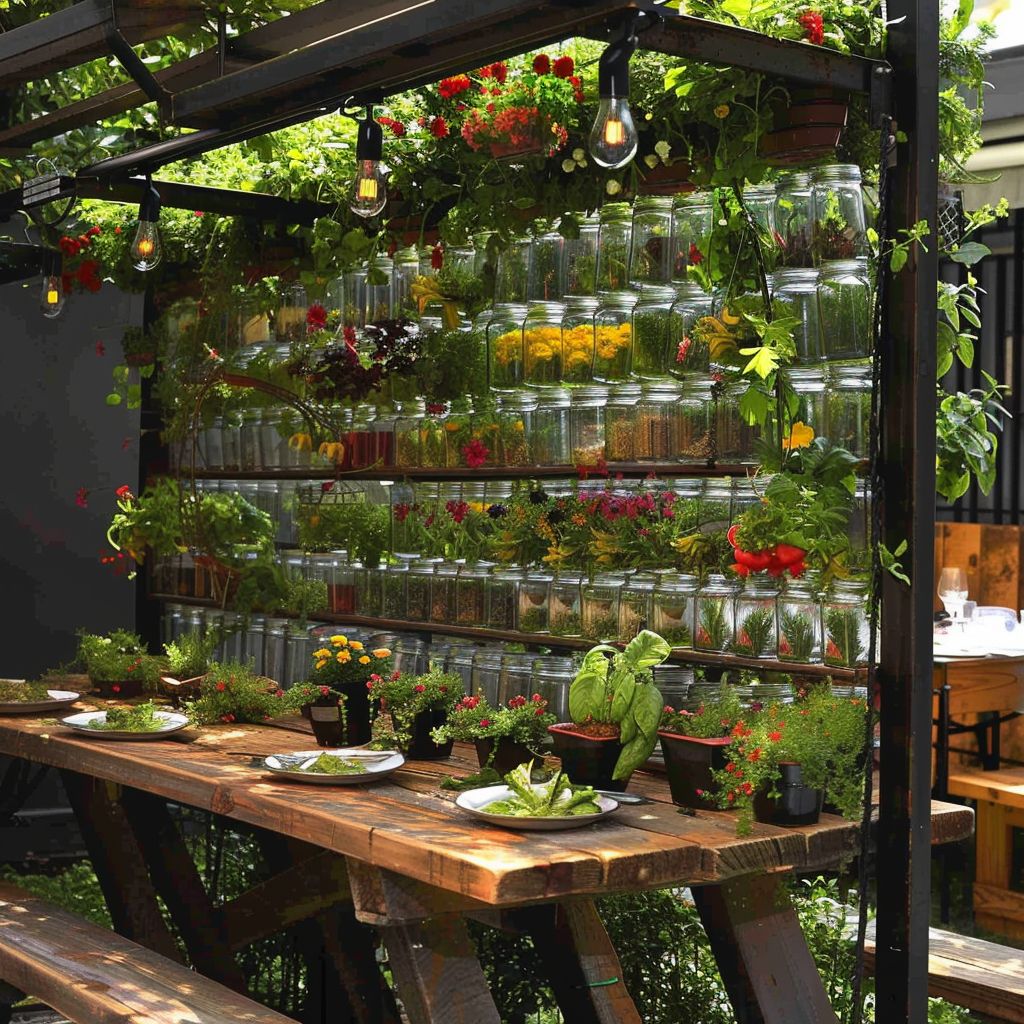
Transform everyday items into vertical gardening solutions. Old carts make excellent flower planters. Glass jars serve well for growing small plants, like herbs or succulents, adding creativity and sustainability to your gardening journey.
Wooden Pallet Projects
Utilize wooden pallets for a simple vertical garden. Remove the slats, line with landscape fabric, and fill with potting soil. This method accommodates various plants and takes less than an hour to complete.
Creative Container Solutions
Incorporate gutters for an efficient hydroponic garden. Mount them on a wall to save space while growing herbs or flowers. Such creative container solutions make gardening accessible and enjoyable in smaller areas.
Vertical Gardening Techniques
Vertical gardening employs various methods to maximize space and enhance plant growth. Here are some effective techniques to consider.
Hydroponic Systems
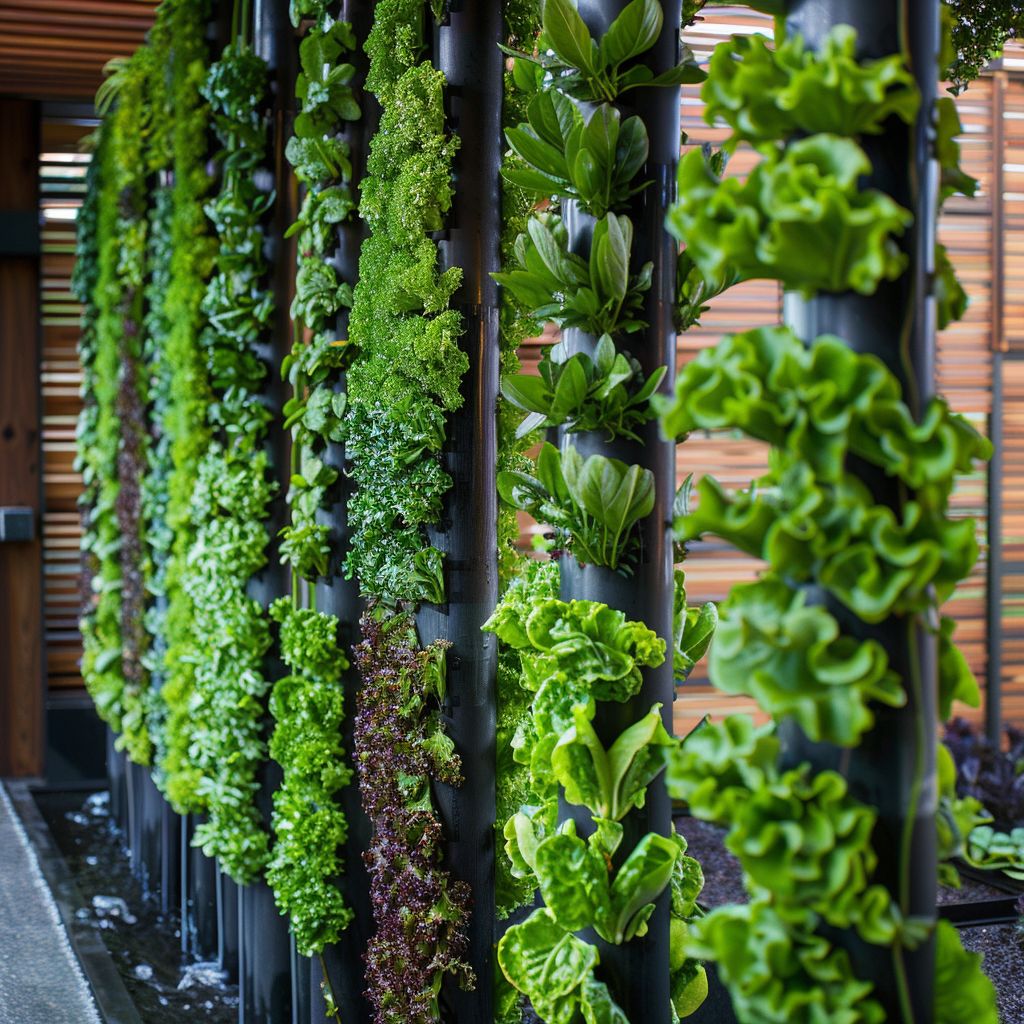
Hydroponic systems use nutrient-rich water solutions to grow plants without soil. This method thrives in vertical structures, making it suitable for plants like leafy greens and herbs. Many systems require aeration for optimal growth.
Soil-Based Methods
Soil-based methods create vertical support using materials like trellis, bamboo poles, or fencing. These structures accommodate climbing plants, such as tomatoes and cucumbers. Combining soil with vertical support increases airflow and access to sunlight.
Air Plant Displays
Air plants add a stylish touch to vertical gardening. Use wall-mounted units or repurposed containers to showcase these unique plants. Air plants thrive on humidity and don’t require soil, making them easy to maintain.
Maintaining Your Vertical Garden
Maintaining your vertical garden requires consistent care and attention. Focus on watering, fertilizing, pruning, and pest management to keep plants healthy and thriving.
Watering and Irrigation
Drip irrigation stands out as the most efficient method for watering vertical gardens. This system maintains accurate moisture levels and prevents overwatering. Adjust your watering schedule based on plant needs and seasonal changes.
Fertilizing and Pruning
Regularly fertilize your plants during the growing season for optimal growth. A balanced, slow-release fertilizer supports nutrient levels, while pruning controls growth and promotes air circulation. Trim plants to prevent overcrowding and shape them for better development.
Pest Management
Monitor your vertical garden for pests, as they can quickly harm plants. Encourage beneficial insects or use organic pest control methods. Regular inspections help identify issues early, protecting your garden’s health.
Designing Your Vertical Garden
Designing a vertical garden involves thoughtful planning to optimize space and enhance visual appeal.
Choosing the Right Location
Choose a location that gets plenty of sunlight and aligns with your garden’s style. Consider your garden layout suggestions and the types of plants you’ll use, as some thrive in direct sunlight, while others do better in partial shade.
Balancing Aesthetics and Functionality
Create a design that looks great while also serving practical purposes. Incorporate textures, colors, and patterns to beautify your garden while maintaining sufficient space for growth and maintenance access.
Incorporating Lighting Elements
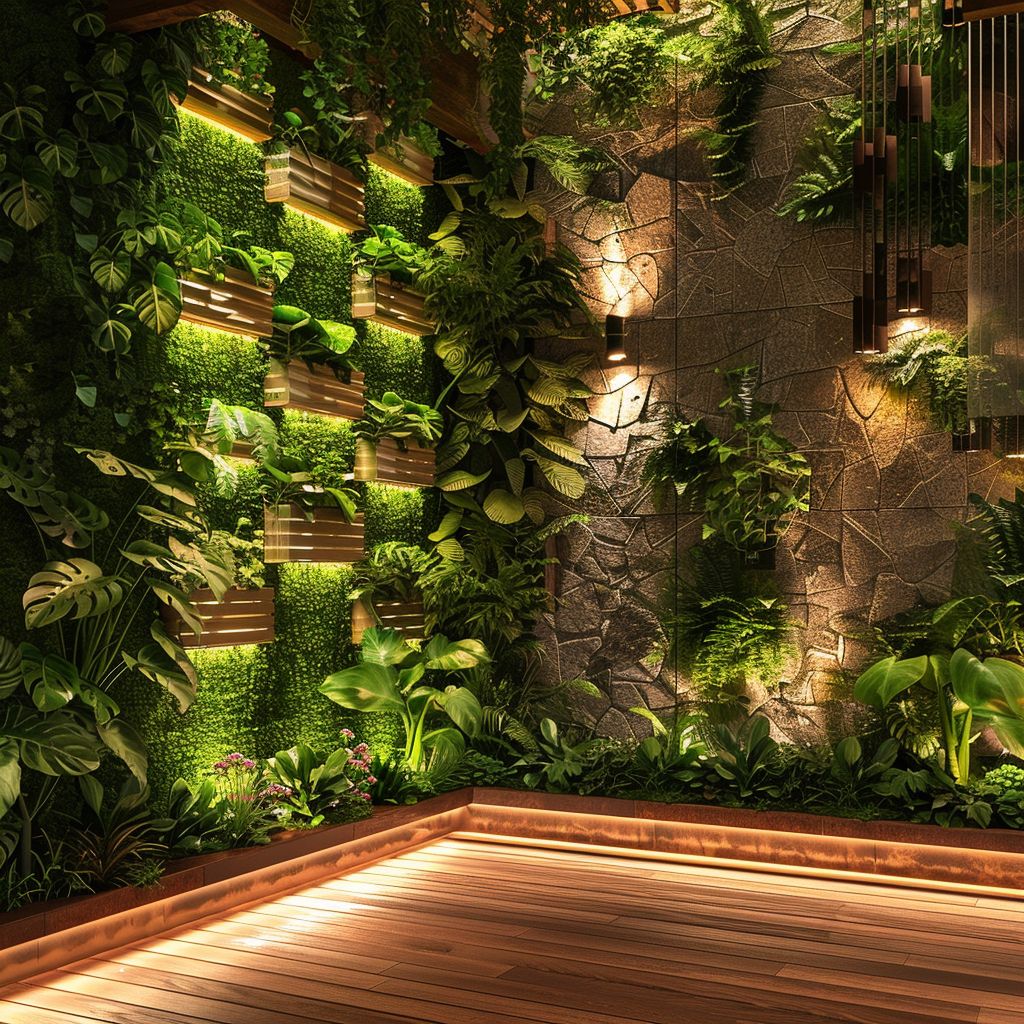
Integrate lighting to highlight your vertical garden’s features. Use strategically placed LED lights or solar-powered options to illuminate plants at night, creating a stunning visual effect.
Up next:
